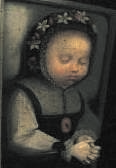
Beatrice was the only surviving legitimate child of King Ferdinand I of Portugal and his wife, Leonor Teles. She became Queen consort of Castile by marriage to King John I of Castile. Following her father's death without a legitimate male heir, she claimed the Portuguese throne, but lost her claim to her uncle, who became King John I of Portugal, founder of the House of Aviz.

Constance of Portugal, was Queen of Castile by her marriage to Ferdinand IV.
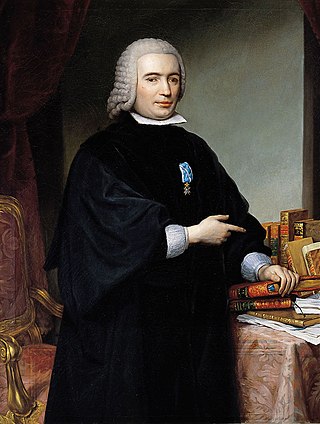
Pedro Rodríguez de Campomanes y Pérez Sorriba, 1st Count of Campomanes, was a Spanish statesman, economist, and writer who was Minister of the Treasury in 1760. He was an adherent of the position that the state held supremacy over the Church, often called Erastianism. Campomanes was part of the government of Charles III. A staunch anti-Jesuit, one of the biggest foes of the order, Campomanes was the main driving force behind their expulsion.
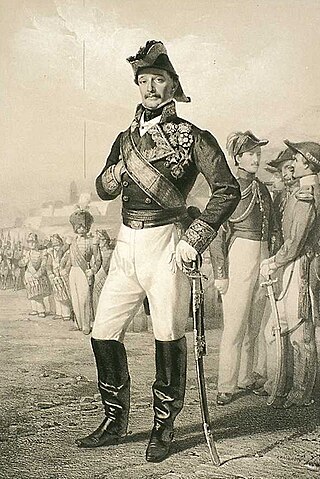
Don Fernando Fernández de Córdova y Valcárcel, 2nd Marquess of Mendigorría, was a Spanish military, politician, and Prime minister of Spain for one day.

Don Diego de León y Navarrete was a Spanish military figure. He was the son of Diego Antonio de León and Maria Teresa Navarrete y Valdivia. As a young man he joined the Spanish army as a cavalryman, and was promoted to the rank of captain at the age of 17.

The siege of Algeciras was the first of many sieges of the city by Christian forces in the lengthy period of the Spanish Reconquista. The siege, ordered by King Alfonso X of Castile also known as "el Sabio", was a fruitless military campaign initiated by the Kingdom of Castile with the objective of removing the Benimerins from Algeciras. The siege on Algeciras, then known to the Muslims as Al-Jazira Al-Khadra, was strategically important because Algeciras had been at the time the main fortress and landing place for African reinforcement troops in the Iberian Peninsula. Castile, which had a powerful armada of ships anchored in the Bay of Gibraltar to blockade such reinforcement, had a few days previously to the siege, seen that fleet obliterated by the Muslim admiral, Abu Yusuf Yaqub at the Naval Battle of Algeciras.

Juan de Borja y Castro was a Spanish noble of the House of Borja and the House of Castro. Juan was a soldier, diplomat and a worker for the Spanish state. He is best known for being the first Count of Mayalde and count consort of Ficalho.
La Ventosilla is a large "country house" near Burgos in Spain that was built at the start of the seventeenth century for Juan Fernandez de Velasco, the Constable of Castille.
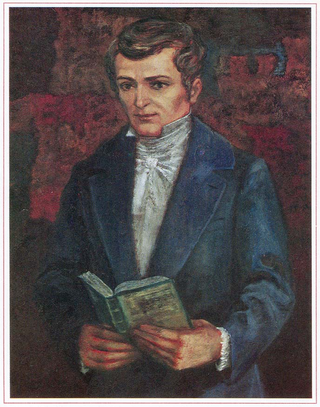
José Manuel Zozaya y Bermúdez was the first Mexican diplomat to ever represent his country in the United States, serving as Envoy Extraordinary and Minister Plenipotentiary from 12 December 1822 to 20 May 1823.
Antoni Palau Dulcet , librarian and bibliographer, author of the monumental Manual del librero hispano americano (Hispanic American bookseller Manual ,, Conca de Barbera ,and numerous guides from "Montblanc, Poblet i la Conca".
Bartolomé Jaimes was a Spanish nobleman who served in the conquest of Peru, Chile and Tucumán. He participated in the founding of the city of Córdoba by Jerónimo Luis de Cabrera.
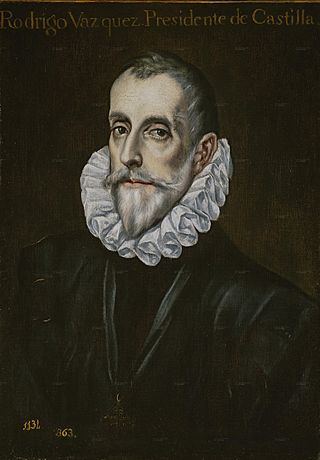
Rodrigo Vázquez de Arce was a Spanish statesman and jurist.
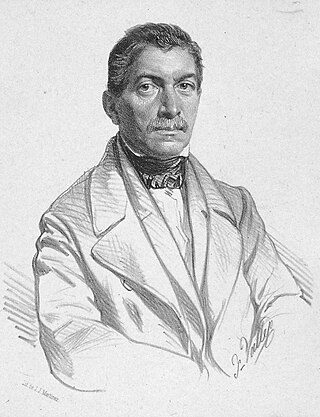
Fermín Caballero y Morgáez was a Spanish geographer, journalist, writer, and liberal politician.
Pieter Perret was a Flemish engraver who worked in Madrid in the service of Philip II of Spain.
Luis Fajardo y Ruíz de Avendaño,, known simply as Luis Fajardo, was a Spanish admiral and nobleman who had an outstanding naval career in the Spanish Navy. He is considered one of the most reputable Spanish militaries of the last years of the reign of Philip II and the reign of Philip III. He held important positions in the navy and carried out several military operations in which he had to fight against English, Dutch, French and Barbary forces in the Atlantic, the Caribbean and the Mediterranean. He is known for the conquest of La Mamora in 1614.
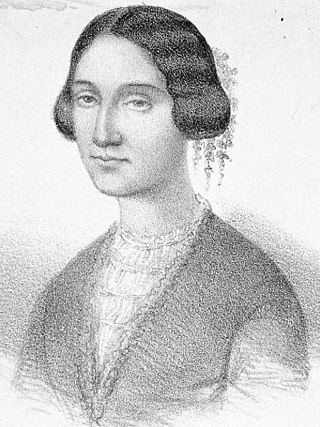
Dolores Cabrera y Heredia was a Spanish Romantic poet and novelist. A native of Aragon, she moved throughout Spain first following her father, then her husband. She showed an early aptitude for poetry and wrote for most of her life.

Margarita of Spain was an infanta of Spain, who died in childhood.
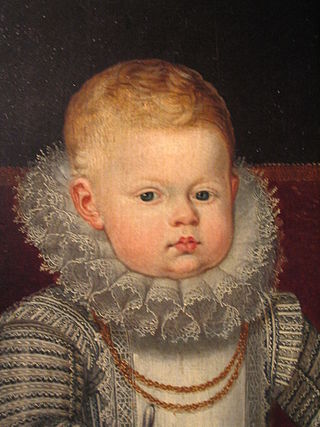
Alonso of Spain was an infante of Spain, who died in childhood.

The Federation of the Andes was a 1826 proposal for a confederation of Colombia, Peru and Bolivia by Libertador Simón Bolivar. During the Spanish American wars of independence Bolívar and his lieutenant Antonio José de Sucre played a descisive role in the in achieving the independence of the three countries and held considerable influence in them, by way of their armies and by being elected rulers of Colombia and Bolivia respectively. Because of a series of disagreements, the project never came to be, and was later abandoned in favor of the independence of the aforementioned countries.

Roberto Levillier was an Argentine historian and diplomat.
